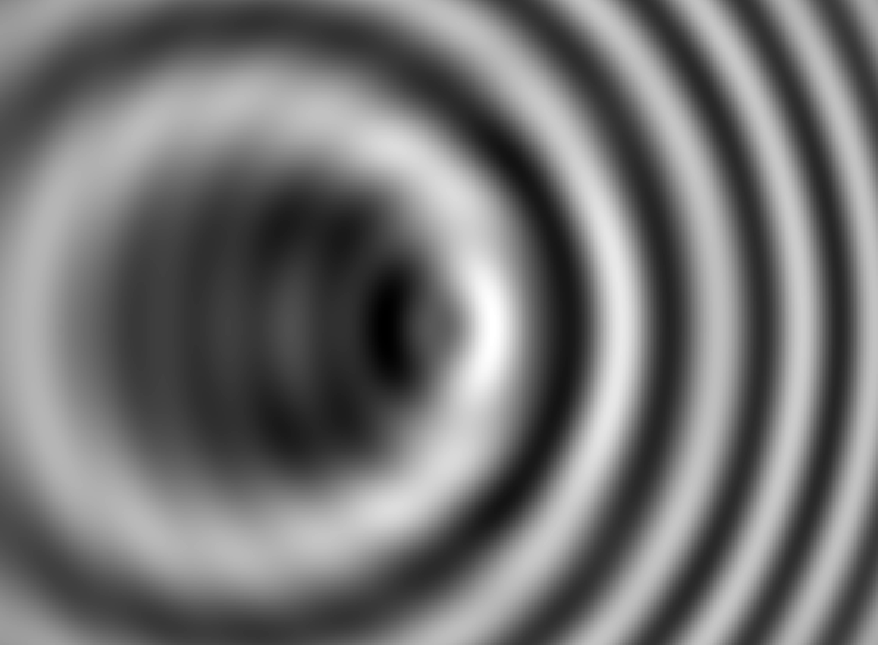The Nobel prize in chemistry 2014 has been awarded for localization microscopy, which allows to overcome the diffraction limit of light and to observe biological samples with nanometer resolution. This novel type of microscopy has led to a revolution in biophysics and medicine. Interference scattering microscopy (iSCAT in short) is a simplified and cost-efficient variant that doesn’t use fluorophores but directly detects the light emitted by the specimen, which is added to a reference light to achieve a better signal-to-noise ratio and a better localization accuracy.
In a paper that has just been published in ACS Photonics, scientists from Graz and Vienna present a software that allows for a simple simulation of various types of interference microscopies. First simulation results were obtained by Felix Hitzelhammer within his master thesis in the group of Thomas Juffmann at the BioCenter Vienna, where he combined two simulation toolboxes of Ulrich Hohenester. Simulation experts know that the combination of software packages can be awkward, and unfortunately doesn’t become better when both packages have been developed by the same author. It thus doesn’t come as a surprise that an intensive exchange of e-mails followed, also about the diverse phase factors entering the theoretical description of the incoming and scattered fields, as well as the optical imaging, which all lead to interesting interference effects, but only the right combination gives agreement with experiment.
At the end we opted for a proper solution where all ingredients are integrated into a Matlab toolbox and can be combined flexibly. When developing a software, one always hopes that it will be used by others. This is reflected in the last sentence of our paper „Altogether, we hope that our software will be a valuable tool for researchers working in this field”. In this respect we were positively surprised that even the reviewers of our paper started to play with the software and raised no criticism. Maybe we have indeed developed an iSCAT software for all, or at least for almost everybody interested in such kinds of simulations.
F. Hitzelhammer et al., Unified Simulation platform for interference microscopy, ACS Photonics (2024), https://pubs.acs.org/doi/10.1021/acsphotonics.4c00621
